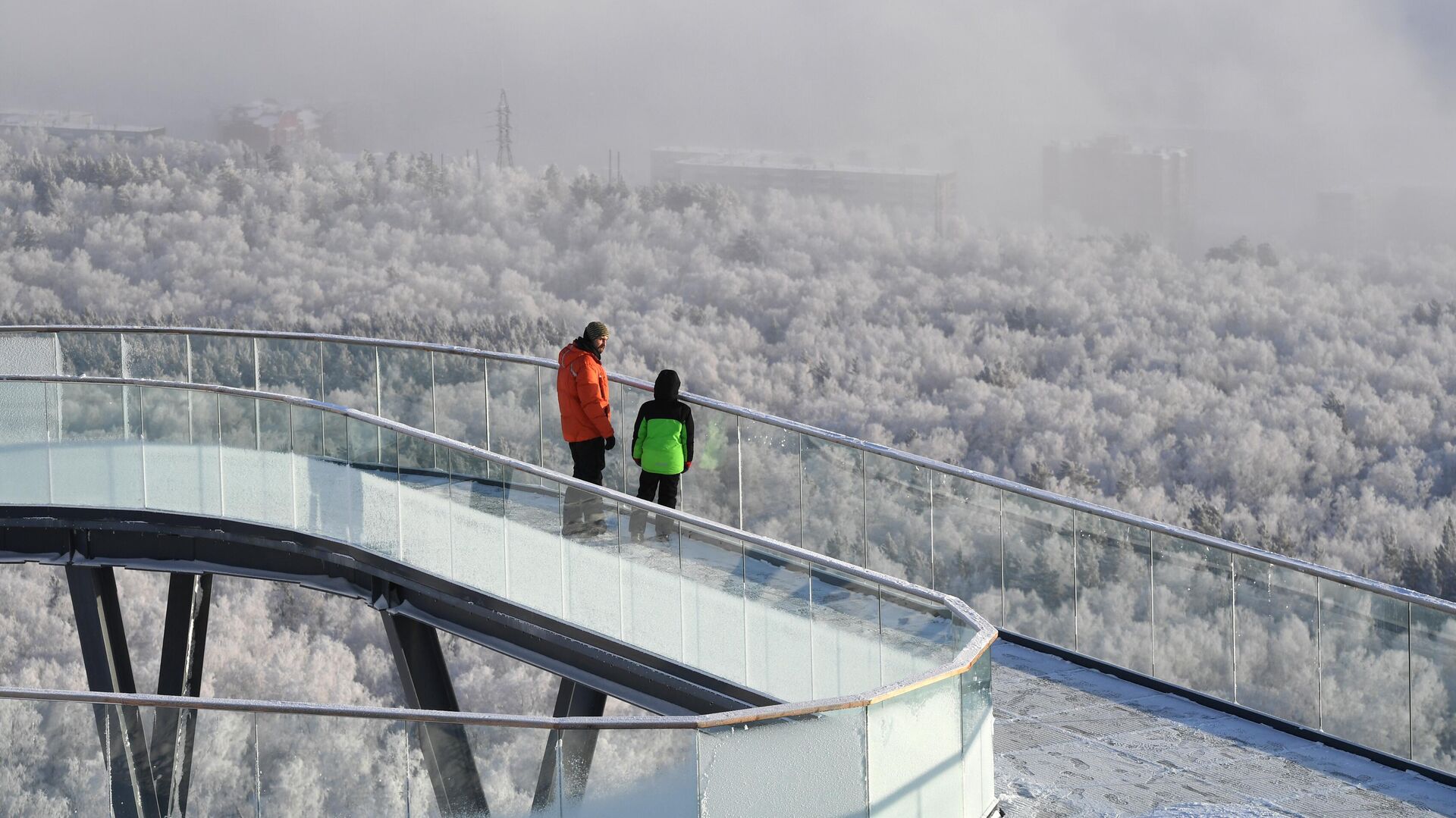
MOSCOW, 19 Feb. A geographic information system for automatically determining the main atmospheric pollutants and the possibility of their absorption by forest ecosystems is being created by scientists from universities participating in the Yenisei Siberia Scientific and Educational Center. According to the authors, the development, after testing in the Krasnoyarsk Territory, can be implemented in other constituent entities of the Russian Federation, the REC project office reported.
As SFU employees (a member of the REC) said, the researchers studied the available official information on anthropogenic greenhouse gas emissions from various sectors of the economy (energy, industrial processes and product use, agriculture and waste) from 2018 to 2021.
Then, based on data from the state forest register, they analyzed the carbon balance in all forest ecosystems of the Krasnoyarsk Territory, the forest fund of which amounts to more than 1.5 million km2.
According to scientists, all greenhouse gases (for example, methane or nitrogen dioxide) are converted into a single equivalent, which is carbon dioxide or CO2, as the main greenhouse gas in the atmosphere. At the same time, the annual total emissions of greenhouse gases in the region from energy, industrial processes, the use of agricultural products and waste amount to more than 48 million tons of CO2 equivalent, while the annual absorption potential of the forest ecosystems of the Krasnoyarsk Territory is about 53 million tons of CO2 equivalent.
““At the current state of affairs in various sectors of the economy, the absorption capacity of the region’s forests allows us to absorb 100% of anthropogenic greenhouse gas emissions for the territory of the Krasnoyarsk Territory,” said Vladimir Shishov, director of the Institute of Fundamental Biology and Biotechnology of Siberian Federal University.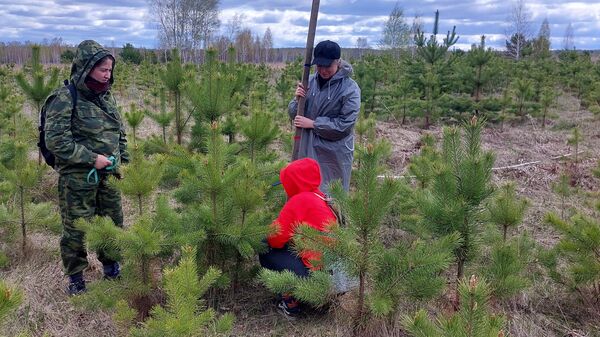
1 of 2
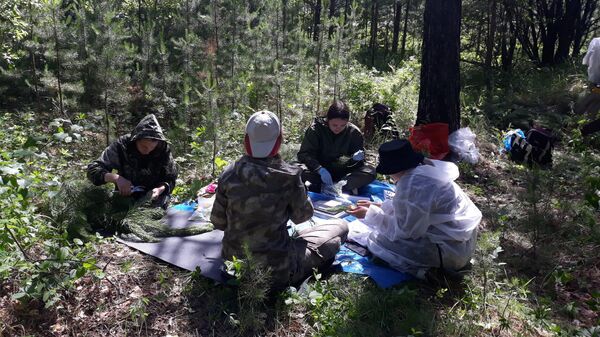
2 of 2
1 of 2
2 of 2
According to him, the region can be considered not just carbon neutral, but also a net sink (net sink) of carbon dioxide, since local forests annually capture about 5 million tons of carbon dioxide from the atmosphere in relation to anthropogenic emissions and store them for a long time.
“The potential for carbon dioxide absorption by forest ecosystems can be significantly increased through the design and implementation of so-called forest climate projects in the Krasnoyarsk Territory, the regulatory framework for which is now being actively developed by the Russian government,” added Shishov.
December 12, 2023, 05:00
According to the authors, work on the “Greenhouse Gas Inventory of the Krasnoyarsk Territory” system will be carried out for 3 years. As a result, it will be able to automatically determine the main air pollutants at the municipal level, as well as the potential for neutralizing these emissions by local forest ecosystems.
In accordance with the climate doctrine of the Russian Federation and the goals of low-carbon development of the country until 2060, a unified system for assessing anthropogenic emissions and their absorption by greenhouse gas sinks. After implementation in the Krasnoyarsk Territory, the development can be scaled up in other regions, the first of which will be the republics of Khakassia and Tyva.
Activities of the REC, created on the basis of the Siberian Federal University on the initiative of the Krasnoyarsk Territory, Khakassia and Tuva, is aimed at improving the environmental situation in the region and decarbonizing Russian industry. The REC includes nine universities, five research institutes and 14 industrial enterprises. Scientific and educational centers are being created within the framework of the national project «Science and Universities» of the Russian Ministry of Education and Science.








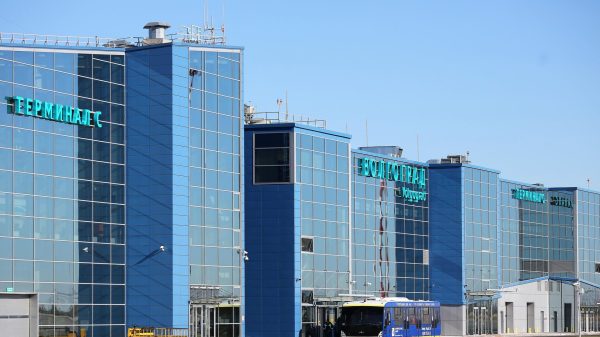

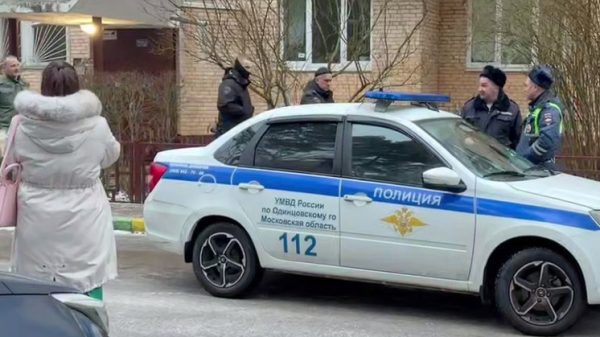







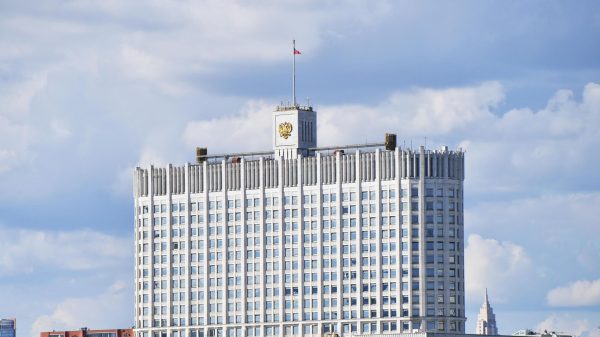















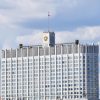


















Свежие комментарии